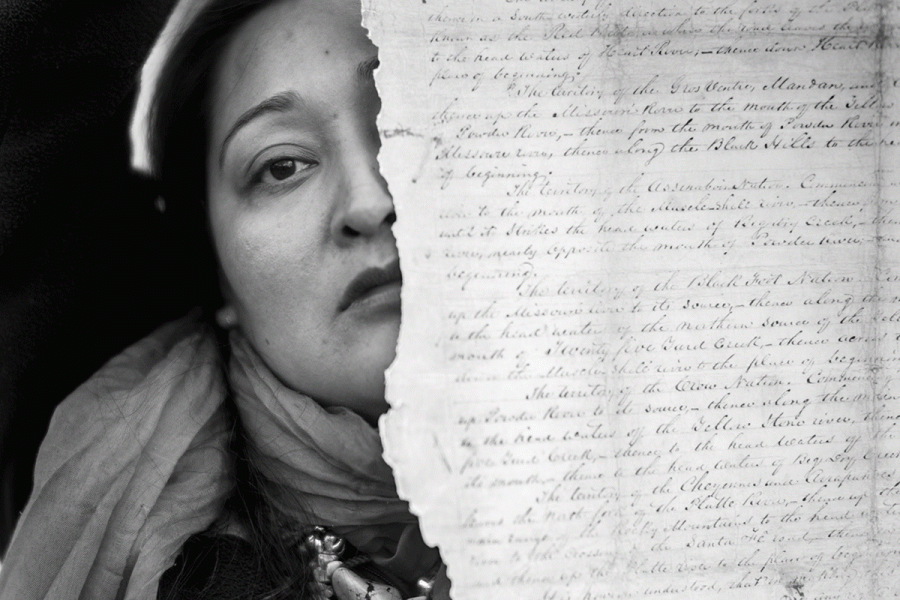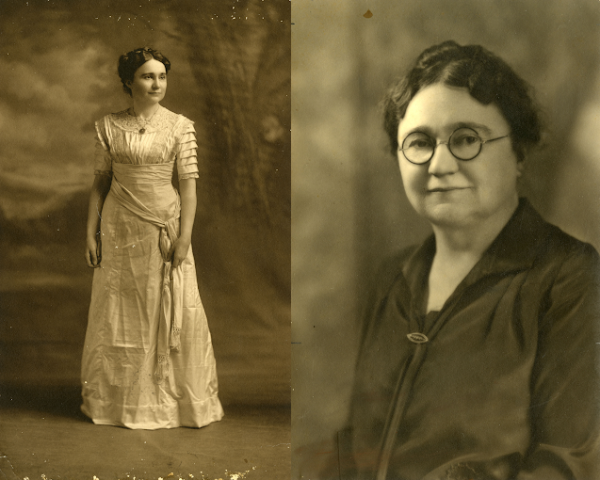“Behind the Bylines” features Richard Tsong-Taatarii
From reporting on the Black Lives Matter movement in the U.S. to Rohingya refugees in Bangladesh, photojournalist Richard Tsong-Taatarii has captured a multitude of moments, each photograph made with the goal of impact.
“You want to make images with heart, where people feel or they can sort of get a hint of what a person’s going through in the image, and that’s what you want to do,” said Tsong-Taatarii. “It’s to have that impact.
“Everyone’s a photographer. Everyone’s a writer, but if you want to be a good photographer or writer, you want to create something that has impact, that makes you feel something.”
Of Chinese and Malaysian descent, Tsong-Taatarii immigrated to the U.S. with his family when he was 10 years old, something he feels has helped with his work.
“As an immigrant, I feel like even though I came at an early age, you’ll always be an outsider in some ways, even if you don’t have an accent or people think you’re born here,” said Tsong-Taatarii. “This is helpful as a photographer in some ways because you can identify with the ‘Other.’”
According to Tsong-Taatarii, he did not seriously consider photography until several years after college. Prior to photography, Tsong-Taatarii tried subjects such as business, South Asian studies and architecture.
Tsong-Taatarii was drawn to photography after a backpacking trip in Europe that allowed him to explore art.
“One of the things that probably inspired me was, it would seem like I would go to a museum once a day, and I just enjoyed looking at artwork and paintings, and it kind of inspired me in terms of composition and things like that,” said Tsong-Taatarii.
In tandem with art, Tsong-Taatarii views photography as a form of poetry, which is reflected in his website titled, “A Picture Poet.”
“I just like how a single image can sum up a lot of feelings and it can crystallize a lot of things, a single image,” said Tsong-Taatarii. “I just thought photography can be poetic, so I’ve had (the name) for a long time.
“I wasn’t thinking that I’m the picture poet. I’m just one amongst many.”
After studying photojournalism in graduate school at Ohio University, Tsong-Taatarii started working for the Minneapolis Star Tribune newspaper, where he has been for the past 18 years. Tsong-Taatarii’s work focuses primarily on general news and protests, including the Black Lives Matter movement and life at the Pine Ridge Reservation.
“My goal is always to make an image that is relatable in terms of the heart of the issue, like how is it impacting an individual?” said Tsong-Taatarii. “There will be some people in the protest who are super passionate about the issue and they will cry, they will scream, and so I really go and try to capture that and the scale of it also, I try to do that. I try to get really close to the most intense person.
“One of my skills is I don’t mind getting into someone’s space. I don’t want to offend them. I try to talk to them also because I’m trying to create an intimate image in a very public space.”
The “Lakota Resistance: the Bison, the Horse, and the River” is Tsong-Taatarii’s personal project. It is a documentary that includes coverage of the protests on Standing Rock and the Pine Ridge Reservation.
“The shoot was five years and it’s still ongoing,” said Tsong-Taatarii. “It’s probably going to be a lifetime project.”
The Hege Library Art Gallery will show one exhibition featuring Tsong-Taatarii’s work.
“Rich Tsong-Taatarii’s photography from Standing Rock is a potent reminder that, although the Lakota Standoff is not in the headlines much anymore, the people he photographed and the sacred natural resources they are trying to protect have not gone away,” wrote Hege Library Art Gallery Director and Curator Terry Hammond in an email interview with The Guilfordian.
Tsong-Taatarii will speak about his documentary during “The Journalist as Witness” multimedia conference at Guilford College on March 17. His presentation will be at 10:30 a.m. in Dana Auditorium, and is free and open to the public.









